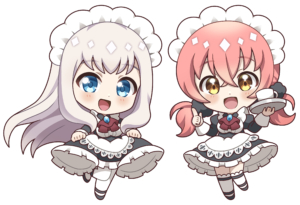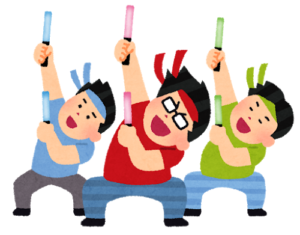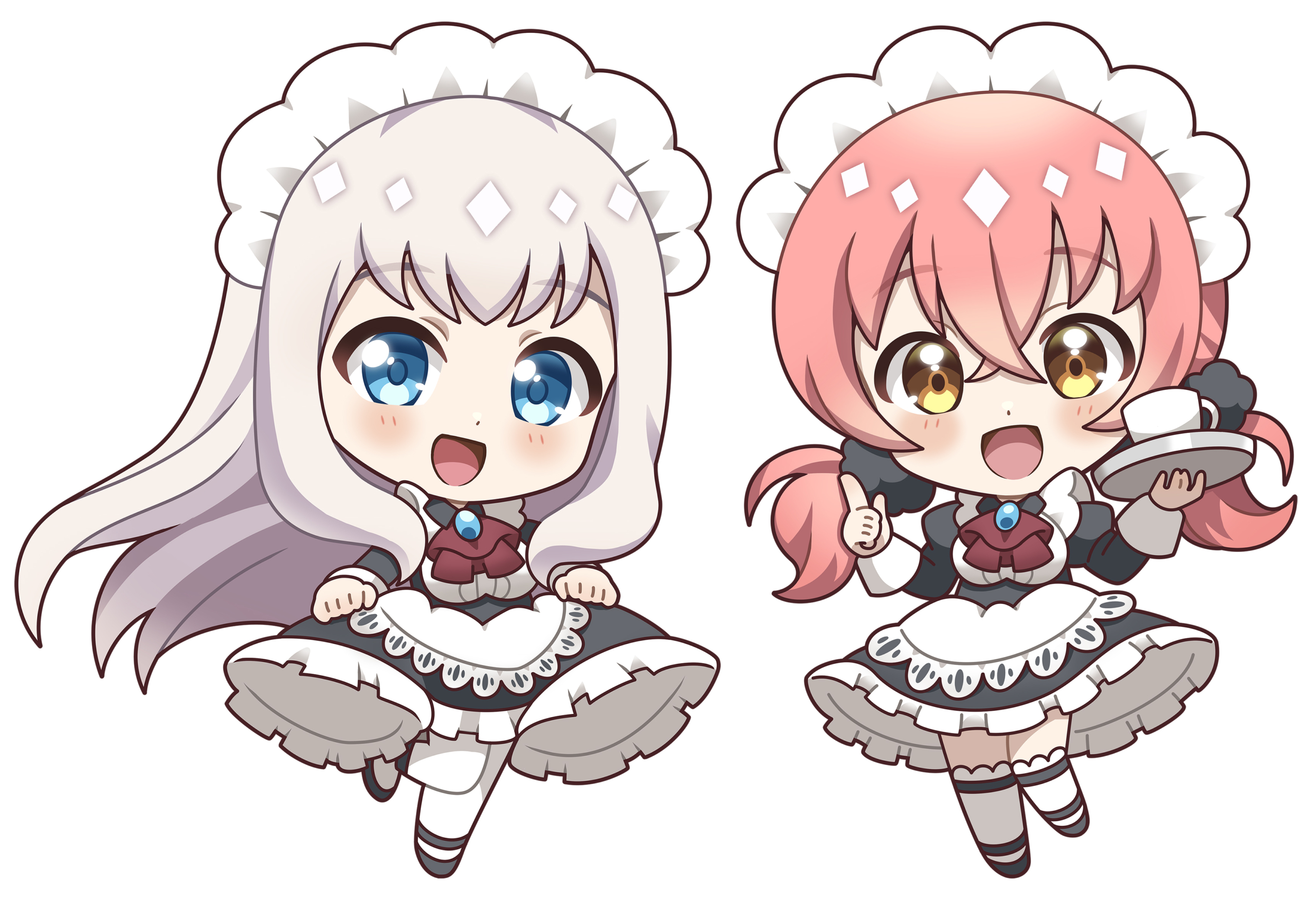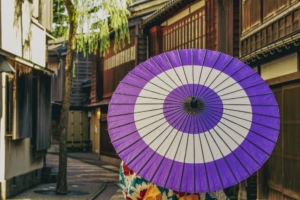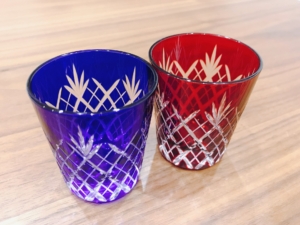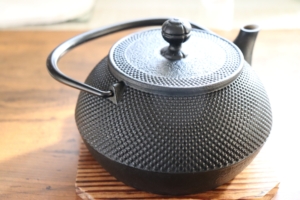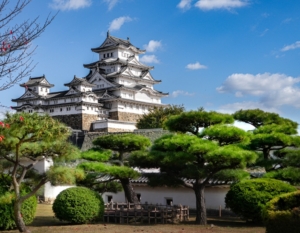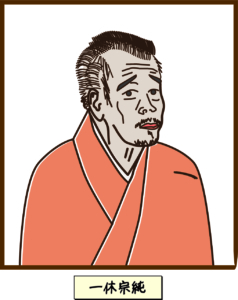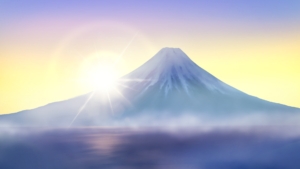Nowadays, I often hear the word Kawaii in the transmission of Japanese culture.
Kawaii culture can be broadly divided into three types.
1, Akihabara’s Otaku and Moe
It is a culture in which anime fans are devoted to girl characters and respect cosplay and maid clothes.
The emphasis is on meaning related to anime rather than aesthetic fashion.Shibuya’s fashion
It is a conservative fashion loved by men, with the image of a fashion model.
There is some support in Asia, but in Europe and the United States, only part of the fashion industry is drawing attention.
2,Harajuku’s fashion
It is a fashion that expresses one’s individuality without being conscious of men, conscious of being called “cute” by the same sex.
It’s a fashion that is unique and difficult in a sense, such as an asymmetrical hairstyle.
3,Harajuku’s fashion
It is a fashion that expresses one’s individuality without being conscious of men, conscious of being called “cute” by the same sex.
It’s a fashion that is unique and difficult in a sense, such as an asymmetrical hairstyle.
It is said that the origin of “Kawaii” is “Makura-no-Soushi” written by Sei Shonagon, a classical literature of the 11th century.
The essence of Japan’s “Kawaii” sensibility, which has been passed down for about 1000 years, lies in “affirmation of immaturity.”
Then, the “immature affirmation” turned slightly, leading to “imperfect affirmation” and “asymmetric affirmation”.
In contrast to the Greek “aesthetic consciousness of perfection, symmetry and proportion”, Japanese aesthetic consciousness has been focused on “imperfections, asymmetry and imbalance”.
It is believed that this Kawaii sensibility, which contrasts with the mainstream aesthetics of Western Europe, is perceived by foreigners as a fresh and unique attraction.
I sell original bags with traditional Japanese patterns.
Overseas dispatch is also possible.



